The Different Body Parts Insulin Stimulates
Insulin is a hormone or a chemical messenger produced by the pancreas that is responsible for regulating blood glucose levels. As an important part of the metabolism process, insulin prevents blood sugar levels from getting too high or too low by allowing the body to utilize dietary carbohydrates for instant energy or to store glucose for later use. When most people think of insulin, they think of diabetes; however, insulin does more than just regulate blood sugar levels. Here are the different body parts insulin affects.
8. Glucose Regulation

Insulin’s primary job is to control blood glucose levels. Without insulin, the body is unable to utilize carbohydrates for energy, resulting in high blood sugar, which occurs when the glucose remains in the bloodstream. A lack of insulin may cause the body to rely on fat as its sole source of energy. Breaking down fats to be utilized as energy produces releases ketones into the bloodstream, which can lead to a severe condition known as ketoacidosis. When high blood sugar is left untreated, it can result in damage to the eyes, nervous system, kidneys, and extremities.
7. Synthesis Of Lipids
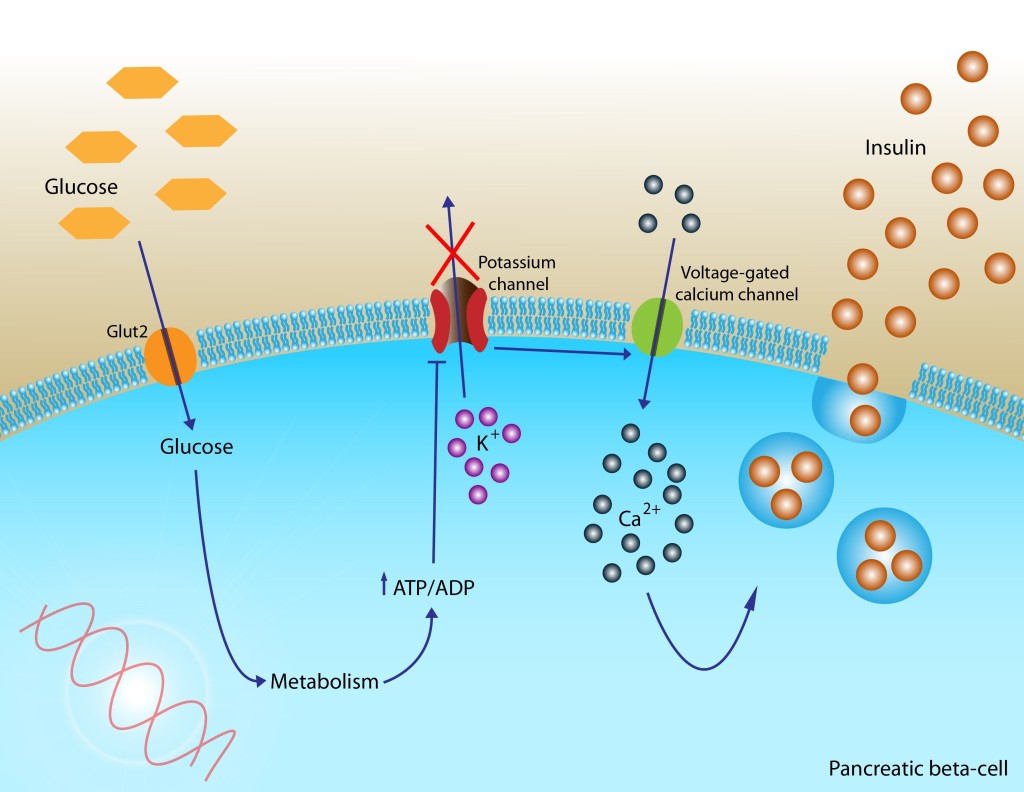
According to a 2011 study, insulin plays several roles in lipid metabolism by decreasing the rate of lipolysis in fatty tissue, which lowers the level of fatty acids in the blood. It also stimulates fatty acids to be converted into triglycerides in tissues. Insulin increases the uptake of triglycerides into fatty tissue and muscle from the blood and decreases the rate of oxidation from fatty acid in the liver and muscle tissue.
6. Regulation Of Enzyme Activity
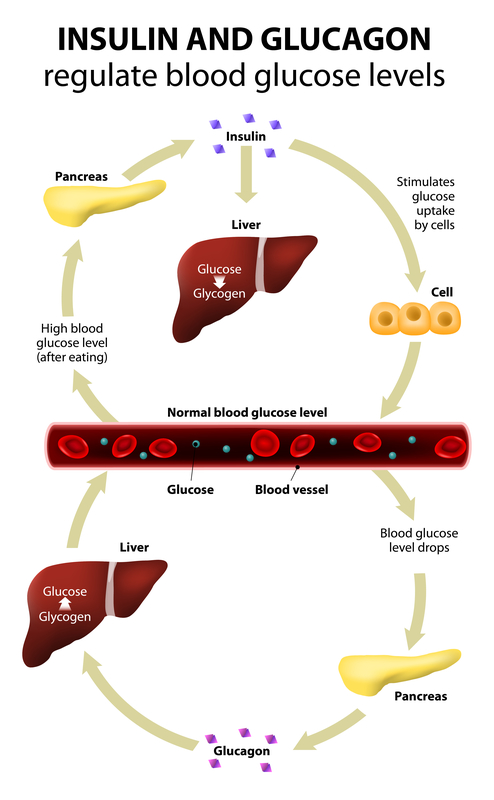
Insulin has several roles in the liver. First, it traps and stimulates the enzyme hexokinase, which is needed to add a phosphate to the molecular sequence of glucose. Insulin also inhibits the activity of the enzyme glucose-6-phosphatase, which creates free glucose, and it activates several other enzymes directly involved in the synthesis of glucose such as glycogen synthase and phosphofructokinase. In other words, when there is an abundant supply of glucose, insulin sends a message to the liver and tells it to store as much of it as possible for later use.
5. Repair Muscle Following Injury
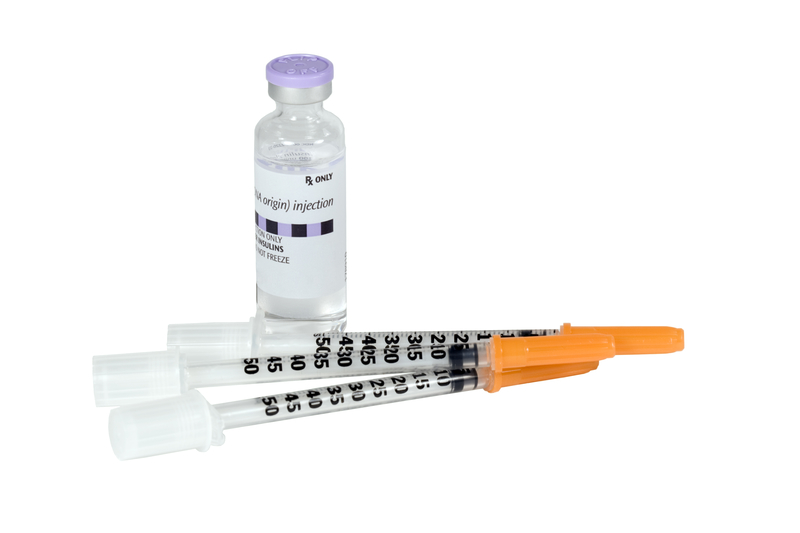
After any damage or illness takes place in the body, insulin helps restore the area by transporting amino acids to the affected muscle tissue. Amino acids are needed to help rebuild and repair tissue damage as well as increase the strength and size of muscles. Insulin is also required for the uptake of amino acids on a regular basis. It aids in the synthesis of proteins and DNA replication, which also helps the body heal after injury or illness.
4. Protein Metabolism

Insulin is well known for its role in carbohydrate synthesis, but it is also needed to metabolize protein and transport amino acids. Insulin increases the rate of amino acids to some tissues, especially those that have been injured. It also enhances protein synthesis in the liver, muscle, and adipose tissues, as well as in other tissues throughout the body. Insulin prevents proteins from being broken down in muscle and maybe even in tissue, which helps stabilize muscle strength and ensures the body uses carbohydrates instead of protein for energy.
3. Absorption Of Amino Acids And Potassium
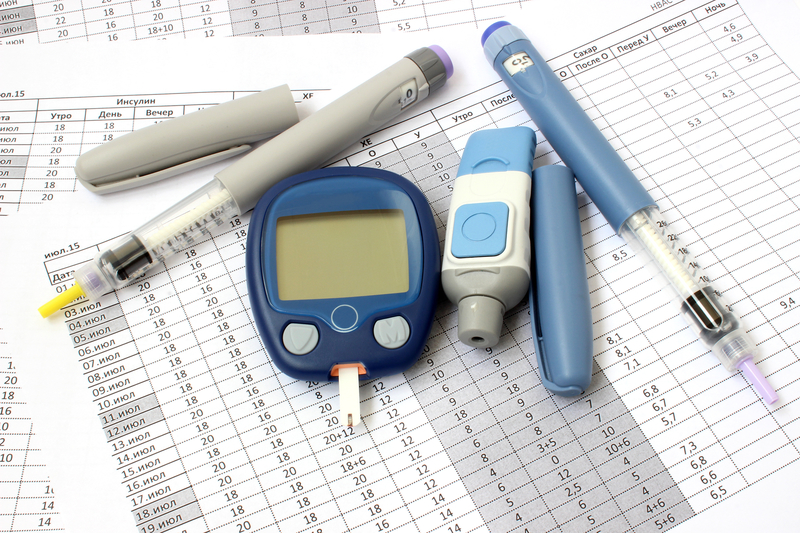
Amino acid and potassium supplementation would be greatly decreased without insulin to help absorb it into the bloodstream. Insulin increases the permeability of many cells to potassium. In other words, it allows potassium to cross over cellular membrane into cells where it is needed for many functions. When amino acid levels are low, such as in a state of fasting, insulin helps stimulate the uptake of amino acids by pushing the balance toward intracellular protein degradation, or the breakdown of protein into amino acids.
2. Sodium Reabsorption
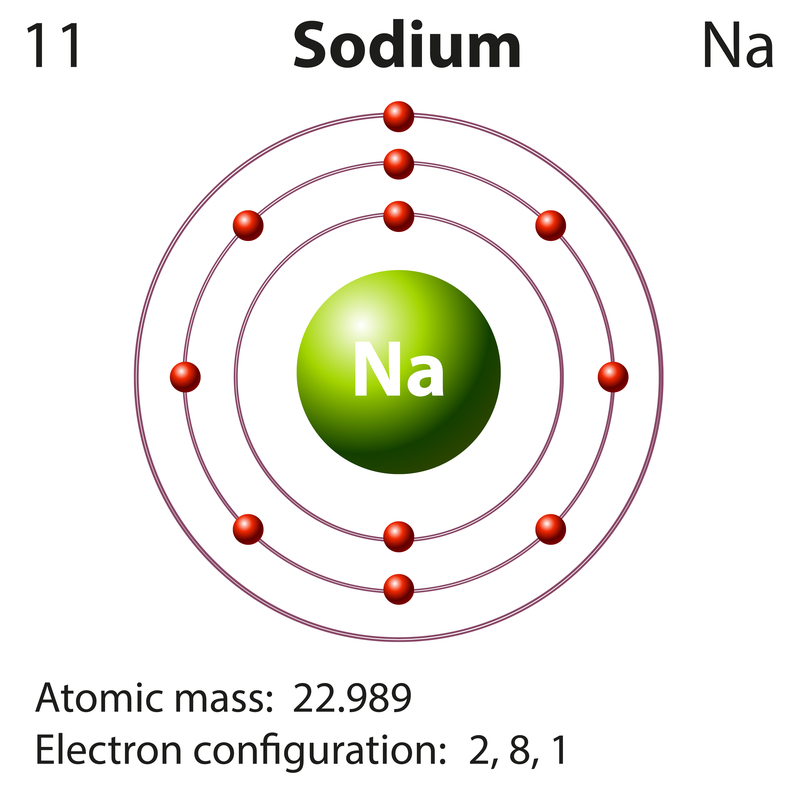
Insulin is needed to balance the excretion of sodium and the volume of fluid in urine. Sodium transport is an important part of regulating blood pressure and sodium reabsorption. Although there are several regulators involved in the process of sodium transport, insulin is one of the most important as it is a potent enhancer of sodium reabsorption. Although insulin has vasodilatory properties, meaning that it widens blood vessels, these effects may be altered when insulin resistance or high blood sugar is present, which contributes to high blood pressure.
1. Enhance Cognitive Function
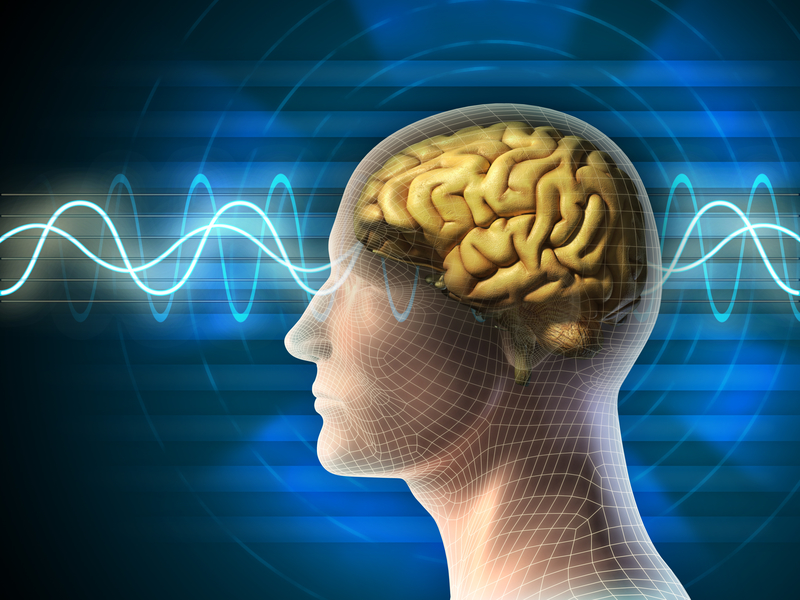
Insulin is one of the few hormones that cross the blood-brain barrier, which is needed for protection from chemicals and other toxins. Insulin also widely affects the brain as it controls the amount of glucose that is sent to the brain. Proper insulin levels are needed to enhance memory and learning. According to a 2014 study, insulin in the brain contributes to nutrient homeostasis, cognitive, reproduction, and memory, as well as neuroprotective, neuromodulatory, and neurotrophic effects. When these effects and functions become altered, it may lead to insulin resistance, type two diabetes, and Alzheimer’s disease.
